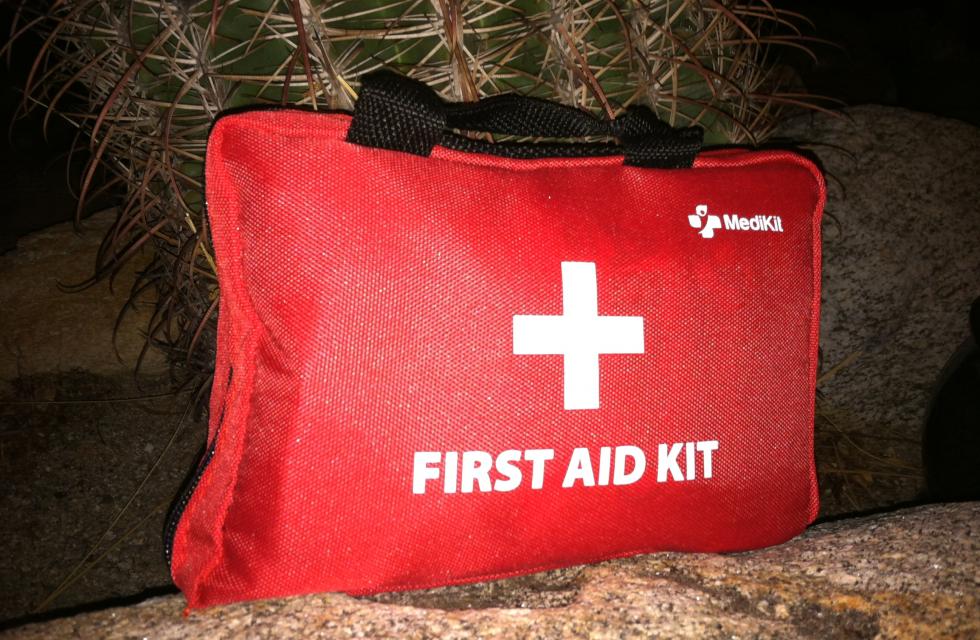Anza Borrego Safety Tips
Tips to Safely Enjoy Anza-Borrego Desert State Park
California State Parks offers safety tips to outdoor enthusiasts visiting California’s largest state park, Anza-Borrego Desert State Park. Whether you are hiking, camping, viewing wildlife or vegetation, it is important for visitors to plan their outdoor adventure in the desert properly. The desert is a very beautiful and exciting place, but it can also be very unpredictable and dangerous. Simple actions such as taking plenty of water and food, and knowing that cell coverage is extremely limited or non-existent can help you be better prepared to safely enjoy this iconic landscape.
Located in the eastern side of San Diego County, with portions extending east into Imperial County and north into Riverside County, Anza-Borrego Desert State Park offers five hundred miles of dirt roads, 12 wilderness areas and many miles of hiking trails. A vast and diverse mixture of geology where the twists and turns of each canyon reveal a unique charm and beauty can be found at the state park. Visitors can enjoy a variety of activities at the park such as desert hiking, biking, camping, wildlife watching, and a great place for photography along with the warm sunshine during winter days.
Weather in this region is extremely varied, where temperatures can be high, humidity often low and clear deep blue sky. During the winter season, temperatures can range from mid 80s to high 90s. It is important to plan properly for this California desert adventure.
Below you will find more information on how to safely enjoy the park:
Vehicles
- Have a proper vehicle for your outdoor desert activities to be able to navigate through rough roads. The park offers five hundred miles of dirt roads.
- Make sure to fill up your car’s gas tank. Depending on your location, the nearest town with amenities can be remote.
Cell Phone Use
- Cell phone coverage is spotty or nonexistent.
- Have a way to communicate if there is an emergency. Find out the location of the nearest park ranger station.
- Bring a hard-copy map and know your route before leaving home. If possible, have a GPS unit.
First Aid Kit
- Bring a first aid kit with you.
- Become familiar with your kit and inspect it for required content.
- Pack prescription drugs if you have any medical conditions.
Outdoor Plan
- Leave an itinerary of your trip with a family member or friend with information such as:
- Name and age of hikers/campers.
- Level of outdoors experience.
- Trailhead or campsite name and location.
- Time of departure and expected return.
- Information about your gear such as tent color, outwear color and vehicle make, model, color and license plate.
Hiking
- Make sure to have plenty of water and food. Have plenty of water when actively hiking to avoid dehydration, heat exhaustion and heat stroke.
- Check Weather. Weather can change instantly.
- Bring sunscreen and use it.
- Dress appropriately. Bring layers of clothing. Wear appropriate shoes such as hiking boots and close-toed shoes.
- Beware of wildlife.
Camping
Same as tips above, plus:
- Make sure to have plenty of water and food for the duration of your camping trip.
- Check site for hazards such as vegetation and wildlife.
- Mark tents and ropes so they are visible at night.
- Keep it clean: pack it in & pack it out.
- Ground campfires are prohibited. Fires need to be contained in a fire pit and off the ground.
Viewing Wildlife and Vegetation
Anza-Borrego is home to a variety of wildlife and vegetation. They are integral parts of the ecosystem and natural community. As such, they are protected by federal, state and park laws. Help us keep this outdoor setting natural by:
- Staying on designated trails.
- Viewing animals from a respectful distance. Never feed or touch wildlife.
- Wildlife living at Anza-Borrego includes bighorn sheep, mountain lions, coyotes, bobcats, badgers, Antelope squirrels and cottontail rabbits.
- This area is home to rattlesnakes. While not aggressive, they are venomous. If you encounter a rattlesnake, leave it be and maintain a safe distance.
- Do not approach or attempt to move sick or injured animals. Please report encounters with aggressive, sick or injured animals to a park ranger.
- Vegetation that you may encounter includes pinon pines, junipers, wildflowers (during the spring), Mojave and banana yucca, cholla, and barrel cactus. Be aware most of these plants protect themselves with thorns or spines.
For more information on Anza-Borrego Desert State Park, please visit California State Park’s website at www.parks.ca.gov/AnzaBorrego.
